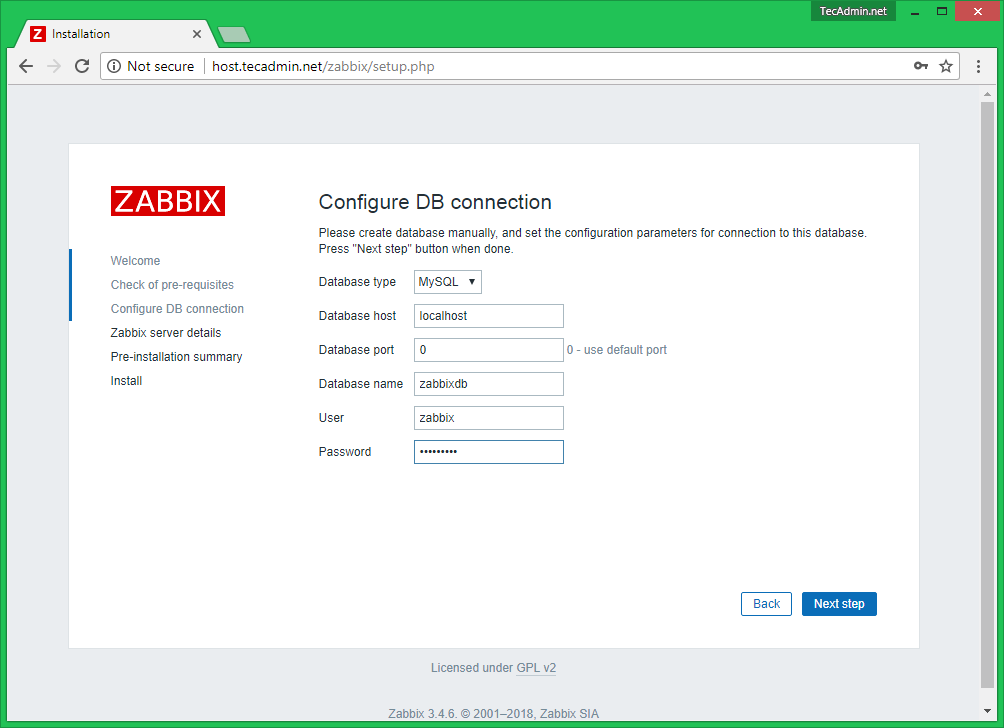

Reset to 1 when a new Version of the software is built.Ī brief, one-line summary of the package. Normally, set the initial value to 1%, and increment it with each new release of the package. The number of times this version of the software was released.

The upstream version number of the software. The base name of the package, which should match the SPEC file name. This table lists the items used in the Preamble section of the RPM SPEC file: Using a GPG signing key, you can digitally sign your package so that users areĪble to verify the authenticity of the package. You can add your package to a Yum repository that enables clients to easily findĪnd deploy your software. This design eases the maintenance of the packages as new versions of your Sources along with any patches that were used, plus complete build instructions. In source packages, you have the pristine RPM allows you to take pristine software sources and package them into sourceĪnd binary packages for your users. Package pristine software sources into source and binary packages Version, release, size, project URL, installation instructions, and so on. Use metadata to describe packages, their installation instructions, and so onĮach RPM package includes metadata that describes the package’s components, Use a database of installed packages to query and verify packagesīecause RPM maintains a database of installed packages and their files, usersĬan easily query and verify packages on their system. To install, reinstall, remove, upgrade and verify your RPM packages.

Users can use standard package management tools (for example Yum or PackageKit) Install, reinstall, remove, upgrade and verify packages Appendix A: New features of RPM in RHEL 7.


 0 kommentar(er)
0 kommentar(er)
